aeonWAVE / Shutterstock" src="https://s.yimg.com/ny/api/res/1.2/Pk6j9EvFlRI6_O3Jk8HdRw-/YXBwaWQ9aGlnaGxhbmRlcjt3PTk2MDtoPTY0MQ-/https://media.zenfs.com/en/the_conversation_464/0ab07981bda69bd54 01076ef7acee162″ data-src= "https://s.yimg.com/ny/api/res/1.2/Pk6j9EvFlRI6_O3Jk8HdRw-/YXBwaWQ9aGlnaGxhbmRlcjt3PTk2MDtoPTY0MQ-/https://media.zenfs.com/en/the_conversation_464/0ab07981bda69bd540107 6ef7acee162″/>
A total solar eclipse will occur across North America on April 8. These events occur when the moon passes between the sun and Earth, completely blocking the face of the sun. This plunges observers into a darkness similar to sunrise or sunset.
During the upcoming solar eclipse, the path of totality, where observers experience the darkest part of the moon's shadow (the umbra), crosses Mexico, runs northeast through Texas and the Midwest, and briefly enters Canada before ending in Maine.
Total solar eclipses occur approximately every 18 months at some location on Earth. The last total solar eclipse to cross the US occurred on August 21, 2017.
An international team of scientists, led by Aberystwyth University, will conduct experiments from near Dallas, at a location on the path of totality. The team consists of doctoral students and researchers from Aberystwyth University, NASA Goddard Space Flight Center in Maryland and Caltech (California Institute of Technology) in Pasadena.
Valuable science can be accomplished during eclipses that is comparable to or better than what we can achieve through space missions. Our experiments may also shed light on a long-standing puzzle about the outer part of the Sun's atmosphere: the corona.
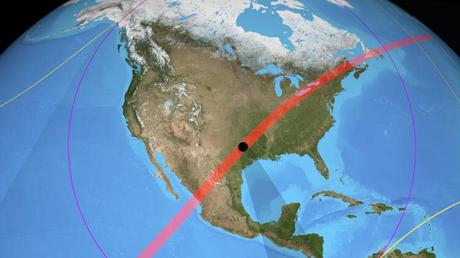

The sun's intense light is blocked by the moon during a total solar eclipse. This means that we can observe the Sun's faint corona with incredible clarity, from distances very close to the Sun to different solar radii. One radius is the distance equivalent to half the diameter of the Sun, about 696,000 km (432,000 miles).
Measuring the corona is extremely difficult without an eclipse. It requires a special telescope called a coronagraph, which is designed to block direct light from the sun. This allows weaker light from the corona to be resolved. The brightness of eclipse measurements even surpasses coronagraphs in space.
We can also observe the corona with a relatively small budget, compared to, for example, space missions. A persistent mystery about the corona is the observation that it is much hotter than the photosphere (the visible surface of the Sun). As we move away from a hot object, the ambient temperature should drop, not rise. How the corona is heated to such high temperatures is a question we will investigate.
The story continues
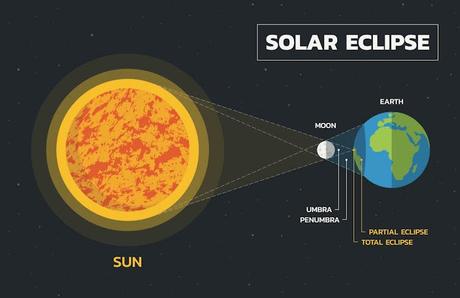
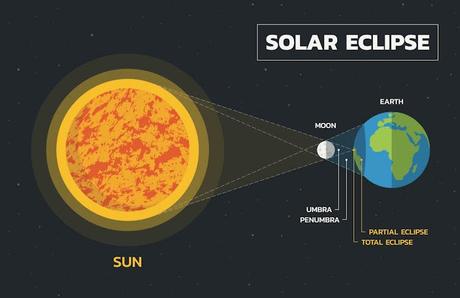
We have two main scientific instruments. The first of these is Cip (coronal imaging polarimeter). Cip is also the Welsh word for "look" or "quick look". The instrument takes images of the sun's corona with a polarizer.
The light we want to measure from the corona is highly polarized, meaning it consists of waves that vibrate in one geometric plane. A polarizer is a filter that allows light with a certain polarization to pass through, while blocking light with other polarizations.
The Cip images allow us to measure fundamental properties of the corona, such as its density. It will also shed light on phenomena such as the solar wind. This is a stream of subatomic particles in the form of plasma - superheated matter - that continuously flows outward from the sun. Cip could help us identify sources in the Sun's atmosphere for certain solar wind flows.
Direct measurements of the magnetic field in the Sun's atmosphere are difficult. But the eclipse data should allow us to study its fine-scale structure and track the direction of the field. We will be able to see how far magnetic structures called large "closed" magnetic loops extend from the Sun. This in turn will give us information about large-scale magnetic conditions in the corona.
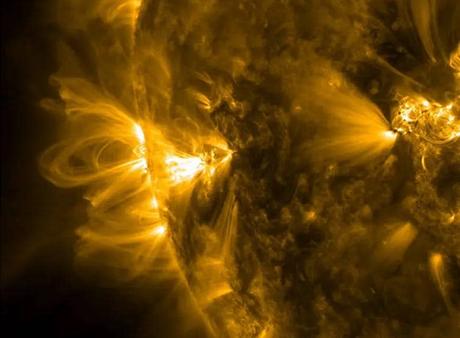
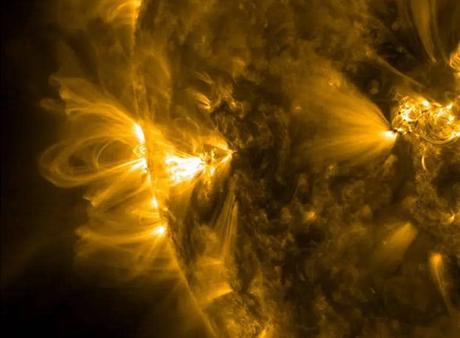
The second instrument is Chils (high resolution coronal line spectrometer). It collects high-resolution spectra, separating light into its component colors. Here we are looking for a specific spectral signature of iron emitted by the corona.
It consists of three spectral lines, where light is emitted or absorbed in a narrow frequency range. These are each generated at a different temperature range (in millions of degrees), so their relative brightness tells us about the coronal temperature in different regions.
Mapping the corona's temperature informs advanced, computer-based models about its behavior. These models must include mechanisms for how the coronal plasma is heated to such high temperatures. Such mechanisms may include, for example, the conversion of magnetic waves into thermal plasma energy. If we show that some regions are hotter than others, this can be replicated in models.
This year's solar eclipse also occurs at a time of increased solar activity, allowing us to observe a coronal mass ejection (CME). These are enormous clouds of magnetized plasma that are shot into space from the sun's atmosphere. They can affect infrastructure near Earth and cause problems for vital satellites.
Many aspects of CMEs are poorly understood, including their early evolution near the Sun. Spectral information about CMEs will allow us to obtain information about their thermodynamics, and their speed and expansion near the Sun.
Our eclipse instruments have recently been proposed for a space mission called Moon-enabled solar occultation mission (Mesom). The plan is to orbit the moon to obtain more frequent and extensive observations of eclipses. It is being planned as a UK Space Agency mission involving several countries, but will be led by University College London, the University of Surrey and Aberystwyth University.
We will also have a state-of-the-art commercial 360-degree camera to collect video footage of the April 8 eclipse and the observation site. The video is valuable for public events, where we showcase the work we do, and helps generate public interest in our local star, the sun.
This article is republished from The Conversation under a Creative Commons license. Read the original article.


